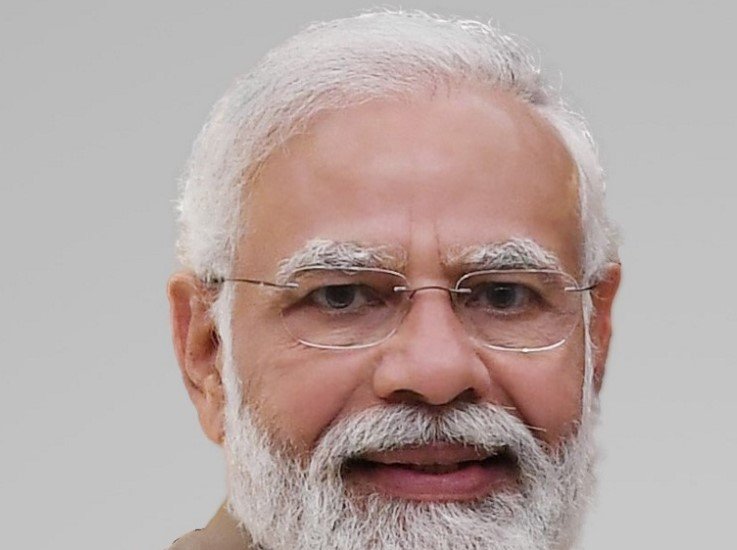In Ariyalur’s historic heartland, PM invokes Tamil pride and imperial grandeur as he honors Rajendra Chola’s birth anniversary
A warm breeze swept across Gangaikonda Cholapuram on Saturday as Prime Minister Narendra Modi took center stage at a site steeped in thousand-year-old history. The ancient Tamil capital, once the pride of the Chola empire, buzzed with anticipation and pride as the PM marked the birth anniversary of Rajendra Chola with solemn pomp and sharp political undertones.
Modi didn’t just show up. He made headlines—announcing towering statues of both Rajaraja Chola and his son Rajendra Chola, and releasing a commemorative coin to honor Rajendra’s legacy. The symbolism wasn’t lost on anyone.
A Festival, A Statement
Ariyalur’s ‘Aadi Thiruvathirai’ festival usually draws cultural devotees. But this time, it became a platform for political theatre and historical revival.
The Prime Minister’s decision to attend the valedictory event of the week-long festival seemed deliberate. In the birthplace of Rajendra Chola, he struck chords of Tamil pride, national unity, and civilizational continuity.
In his address, Modi praised the Chola dynasty not just for their architectural marvels or military exploits, but for their enduring governance systems and maritime vision. “The Cholas didn’t just conquer land,” he said, “they spread knowledge, administration and architecture across Asia.”
One sentence. Yet the applause echoed for minutes.

Statues with Strategy
Modi’s announcement of installing grand statues for Rajaraja and Rajendra Chola may appear ceremonial. It isn’t. The move has layers—cultural, regional, and electoral.
Here’s why it matters:
-
Tamil Nadu heads to the polls in less than a year, and BJP’s outreach to the Tamil identity is unmistakable.
-
Rajendra Chola, a historic icon, is seen as a symbol of Tamil might, maritime prowess and temple-building legacy—values the BJP is keen to embrace.
-
The statues could become symbolic anchors for the party’s soft Hindutva plus regional pride strategy in southern India.
Modi didn’t reveal the locations of the proposed statues, but emphasized that they would be “as magnificent as the men they honor.”
That line drew cheers from both local leaders and Chola enthusiasts.
The Coin That Tells a Story
Among the key moments of the day was the unveiling of a commemorative coin. It wasn’t just a collector’s item—it was a message.
Requested by R. Komagan, Chairman of the Gangaikondacholapuram Development Council Trust, the coin features Rajendra Chola’s visage and the temple silhouette from the Gangaikonda Cholapuram complex.
It was handed out to dignitaries, scholars and select attendees at the event.
Here’s what the coin represents:
| Feature | Symbolism |
|---|---|
| Rajendra Chola’s profile | Revival of Tamil imperial pride |
| Gangaikonda Cholapuram temple | Enduring spiritual heritage |
| Minting year 2025 | Modi government’s stamp on cultural legacy |
“History should not be forgotten in textbooks,” Modi said, holding the coin aloft. “It must be seen, touched, and remembered.”
Gangaikonda Cholapuram in Spotlight
The choice of venue was telling.
This isn’t just a temple town. Gangaikonda Cholapuram was once the nerve center of the Chola empire. Rajendra Chola built it after a victorious expedition to the Ganges—a journey that brought holy water, wealth, and political legitimacy back to Tamil soil.
Modi’s visit rekindled national attention to a place that has often lived in the shadow of Thanjavur.
For many local residents, the event was emotional. One elderly man in the crowd, who had walked 12 kilometers from a nearby village, said, “We’ve waited decades for this kind of recognition.”
Just one sentence. Full of weight.
Political Ripples in Tamil Waters
The timing of the visit wasn’t just historical—it was strategic.
The BJP has struggled to gain ground in Tamil Nadu, where Dravidian politics dominate. But events like this one are part of a broader recalibration.
By wrapping national politics in regional glory, the party hopes to build inroads. There’s a noticeable shift from Hindi-heartland symbols to culturally nuanced gestures like celebrating Chola kings.
And it isn’t just the BJP. DMK, AIADMK, and even fringe parties are now scrambling to reassert their connections to Tamil history.
The cultural space is suddenly crowded.
Tamil Pride, National Optics
What played out in Ariyalur wasn’t limited to Tamil Nadu.
Television channels across India broadcast the images—Modi walking barefoot into the temple, bowing before the idol, standing with folded hands before Rajendra Chola’s symbolic sanctum. It wasn’t just optics; it was choreography.
That’s the thing about politics and history. The lines blur, but the message resonates.
And for the BJP, it’s not just about statues or coins. It’s about rewriting the national narrative to include southern chapters that were long overlooked.
From the banks of the Ganga to the tanks of Gangaikonda Cholapuram, history is now being retold—coin by coin, statue by statue.
